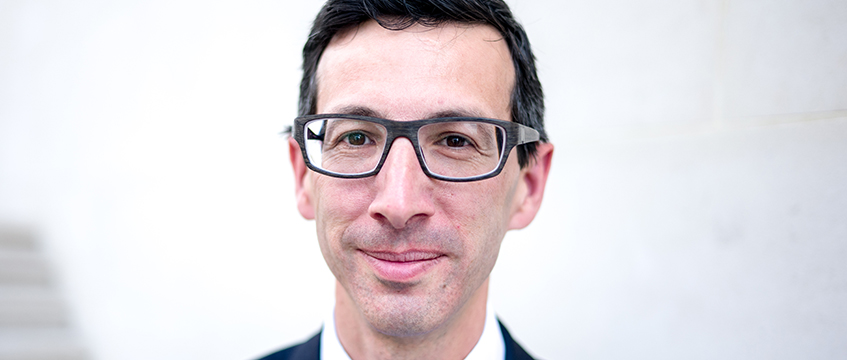Despite market conditions, property investment continues to be a resilient asset, the potential of which can be maximised through proactive management.
Unlike any other asset class, property offers the investor the ability to improve yield to create attractive profits and unusual returns through active asset management.
Given the increasing interest we are seeing in commercial properties and with new investors entering the market, we’re frequently asked for advice on how to ensure a positive return on investment.
Here are some key areas that you or your property manager should consider to increase your yield and profitability of your portfolio.
1. Build on strong foundations
It is imperative to base your commercial assets on a solid financial and legal footing. Strettons’ advice to clients is to reduce costs by ensuring that property costs are paid for by the tenant. Draft a wide service charge clause and ensure that property management fees – both legal and surveyors’ – are paid for by the tenant. Reject any dilution to the repair clause. Design the common parts to exclude toilets so they are within the tenant’s demise to reduce the service charge. Ensure that, when properties are vacant, empty business rate concessions belong to the landlord. All these ideas and more can ensure that the costs of ownership are reduced as much as possible, thereby increasing your yield.
2. Make safety a priority
Securing and actioning all risk assessments is not only necessary but saves money, reduces stress and adds value when you come to sell, as you can then clearly demonstrate that your property is in good order.
3. Think smart and maximise potential
Properties have corners, walls, roofs, nooks and crannies. Are these being used to their maximum potential to increase revenue? Think about siting a cash machine or an advertising hoarding on a wall, putting a mobile phone mast on the roof or installing a smart meter or water pump with a SIM card, which can text you when there’s a leak and allow you to shut the water off remotely. The former will provide extra rent, and the latter will save you money and damage. Consider how the car park is used. Not every tenant needs parking, so look at whether you can reallocate the spaces or reserve parking and let it separately. A redesign of the car park can often result in more spaces being created. Have a look next door – what’s happening with your neighbour’s land and property? It could be worth your while to buy your neighbour’s land, if by so doing, you’ll add value to your own holding. Buying next door may give you a better development site, secure access you don’t have, add parking or enable lateral and vertical expansion.
4. Take care of the basics
It is essential to implement rent reviews to maximise the revenue. Take advantage of nuances in the lease to enhance the rent further. For example, if the lease includes a widely drawn user clause that is beneficial to the tenant, it may be possible to negotiate a 10% uplift at review. Don’t forget to renew the lease on expiry and improve the wording.
5. Think outside the box
Homeowners often build loft conversions or dig out their basements so why shouldn’t a commercial owner use these strategies to maximise value? With high capital values, building another floor, whether up or down, may well be profitable. Or consider demolishing and rebuilding. It makes sense to consider the use of your commercial buildings and consider a change if it will generate more income and raise the value. The recent trend has been to convert office use to residential, but in some areas office space is so scarce that it’s at a premium. Don’t forget other uses such as medical, educational or religious.
Simon Tilsiter is a director at Strettons











